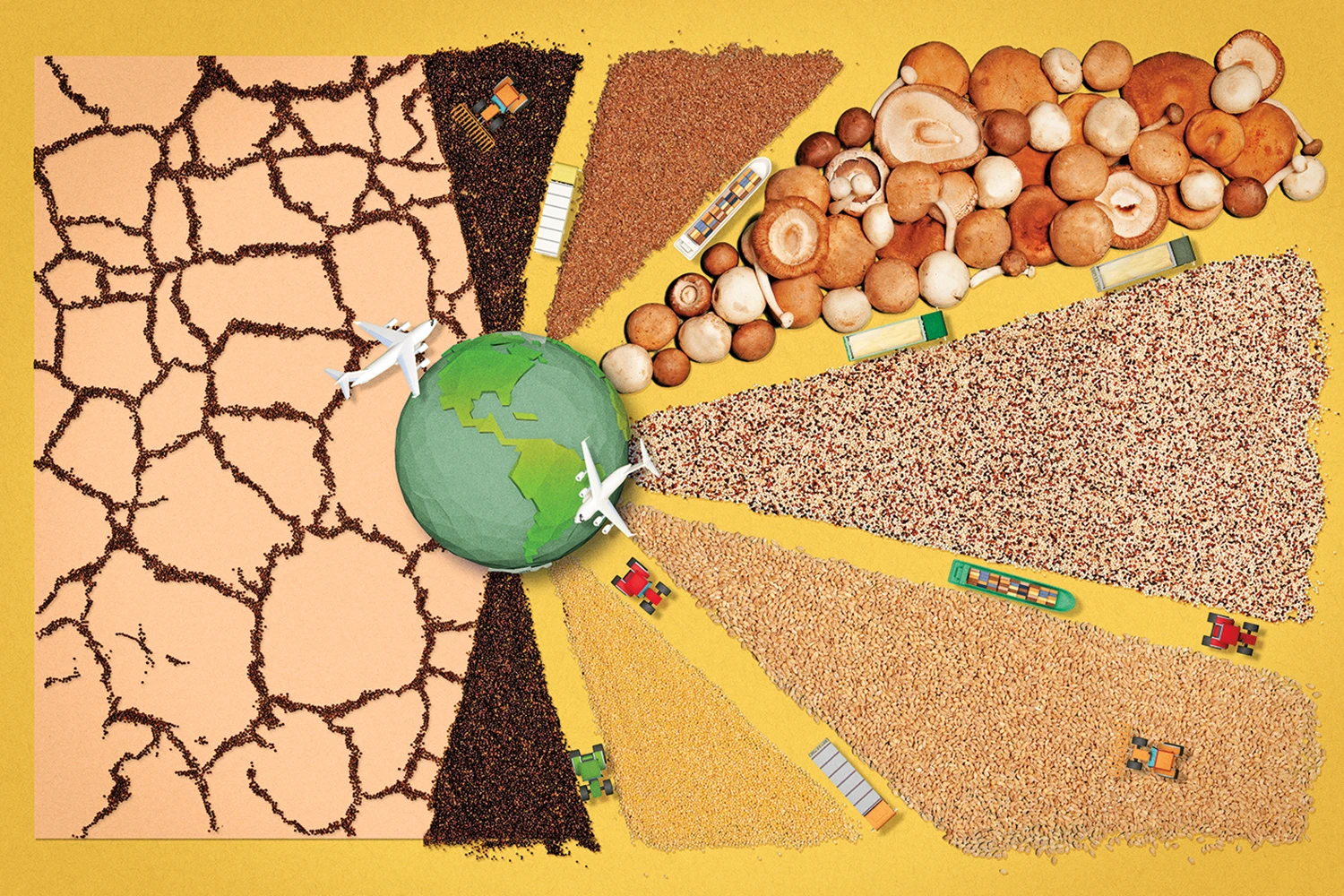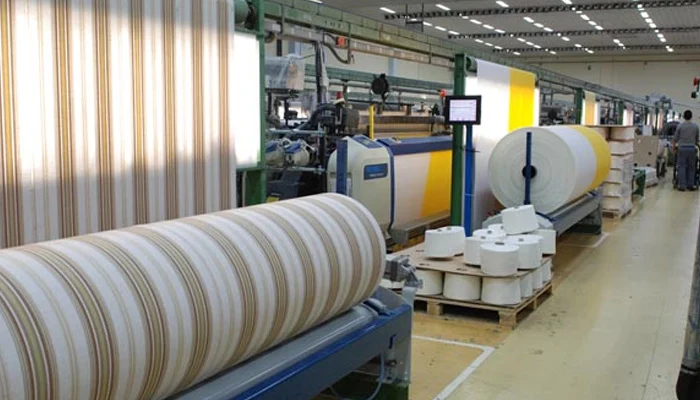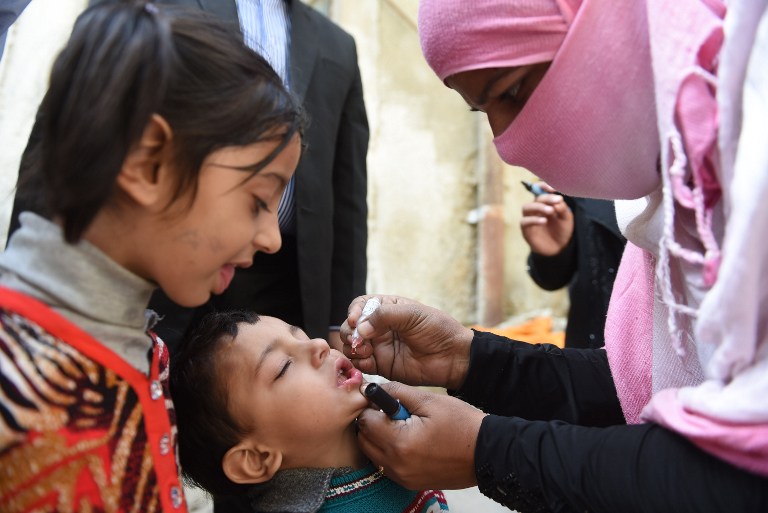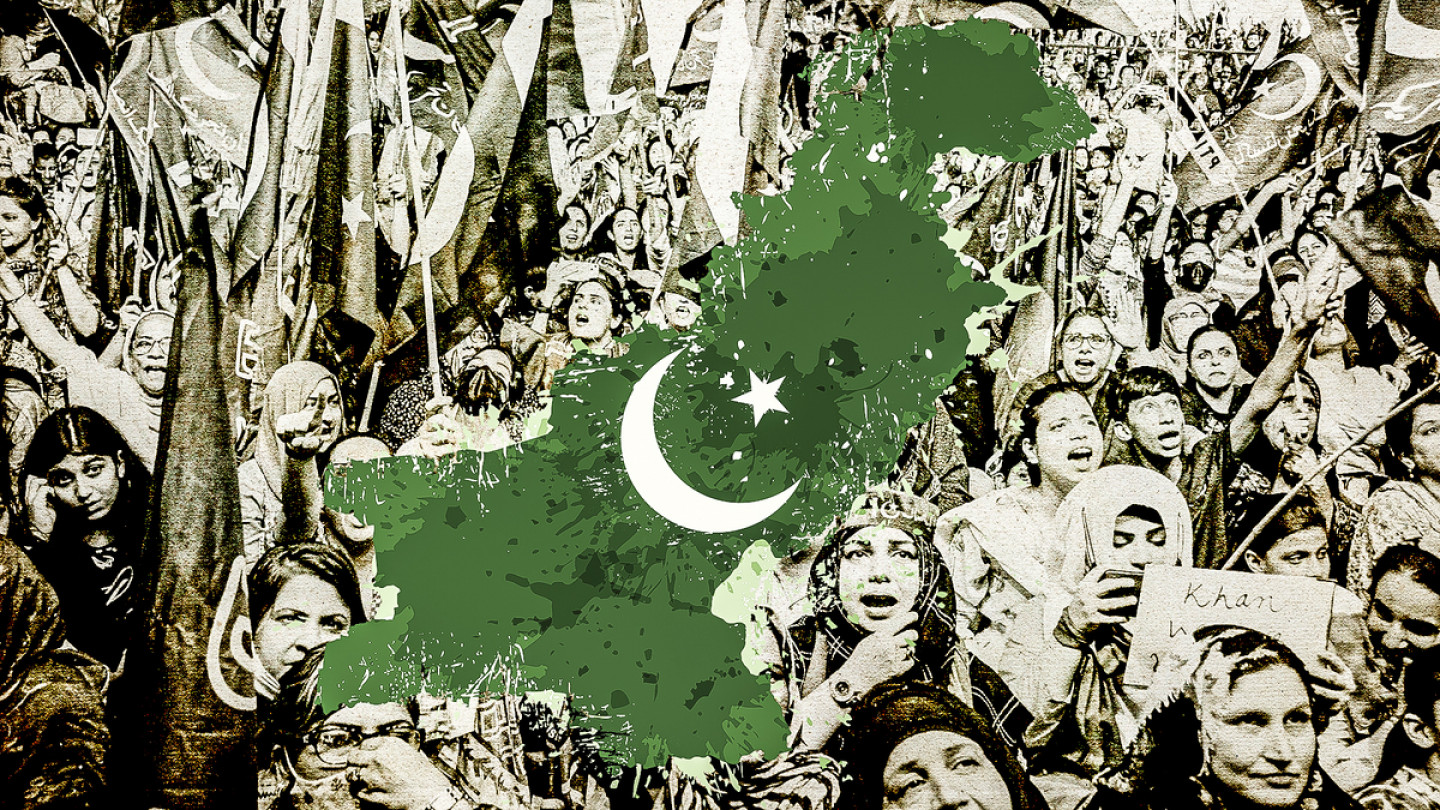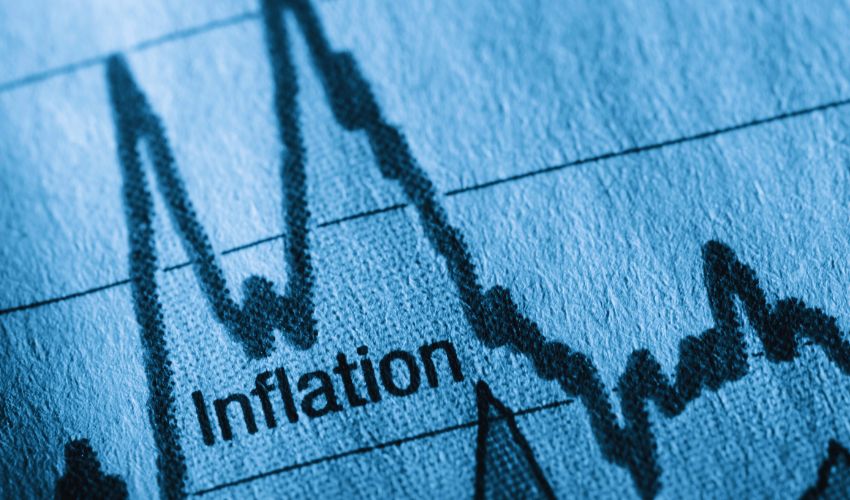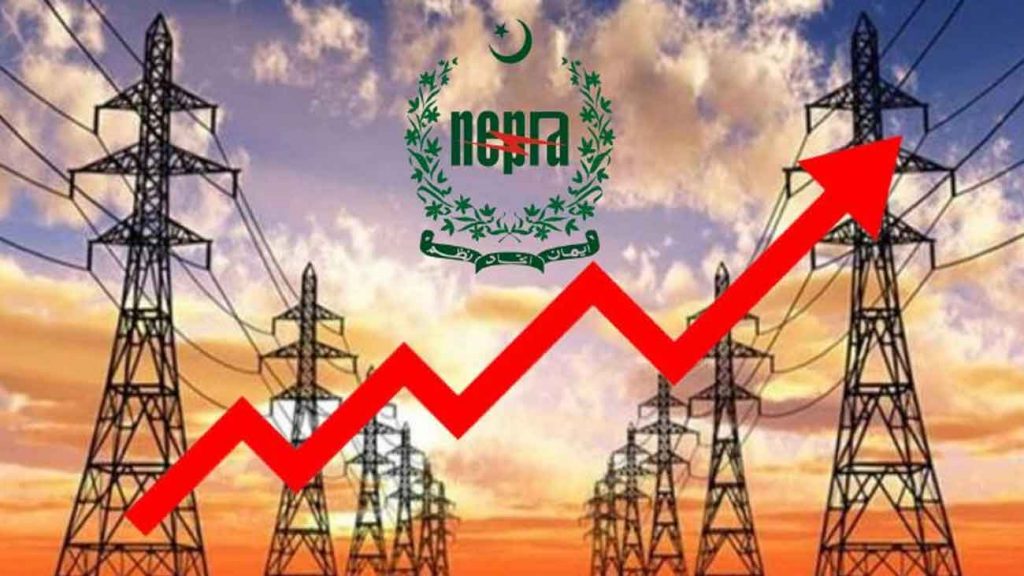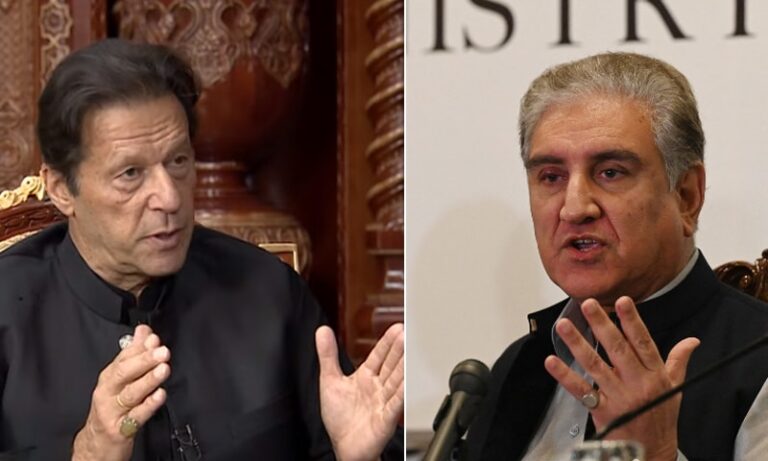Pakistan is facing acute food insecurity. Fixing it is the actual business.
If any subject should arrest the attention of policymakers, politicians, and key decision-makers, it’s the food crisis. The COVID, the heatwaves, the floods, the rising inflation, the rising costs of agricultural inputs – all these factors are ravaging the country’s food supply chain. Adding lingering threats from attacks of pests and diseases on the grain crops creates a perfect storm-like situation.
As the food prices are already high and the country’s middle and lower-middle classes are devastated by levels of historical inflation, more and more people are being subjected to extreme poverty.
The consequences of the food crisis are already here, considering the unprecedentedly high prices of food items. Taking the case of the wheat crop, for example, the cost of this widely cultivated crop has grown doubled since 2020. Wheat is the country’s staple food crop and accounts for nearly 40 percent of the cultivated area in the rabi season. However, due to intense heatwaves and high fertilizer prices, a large quantity of wheat grain didn’t appear in the domestic food market. Nearly every citizen has felt a severe knock-on impact, yet the worst blow is delivered to the class who are already the most vulnerable – the poor, especially women, children, and the aging ones.
The country is facing the worst food emergency since its birth. That the country’s power corridors are too politicized, polarized, and mired in fragmentation – brings little comfort or confidence.
The country’s leaders must unite to pull out all the possible and even impossible stops to check the country’s march towards a situation where people face starvation and are more hungry than before. There’s certainly no future in it if more people are to go hungry and meet acute levels of hunger.



































